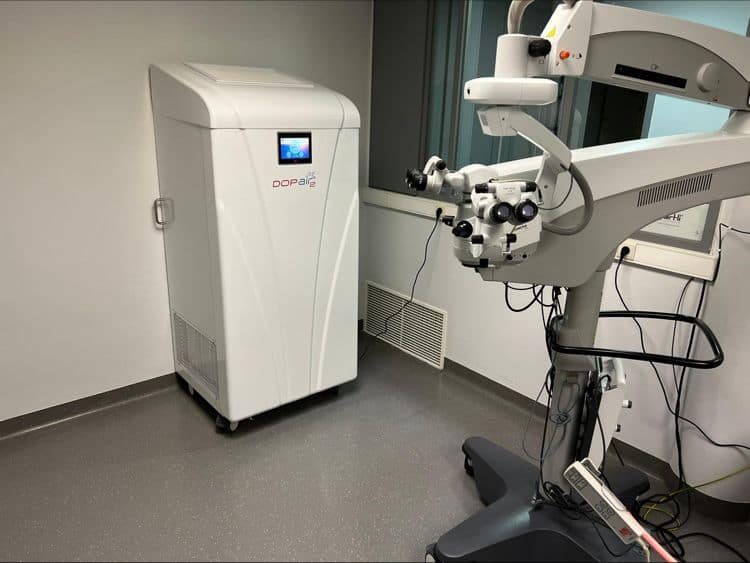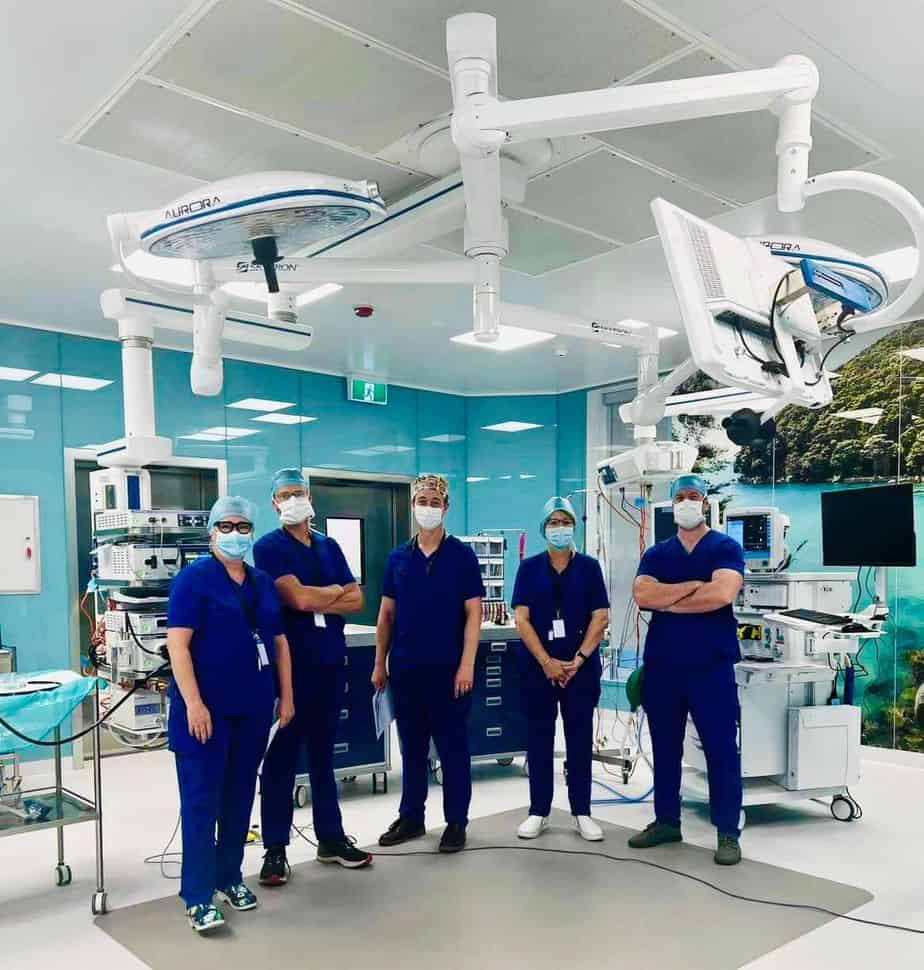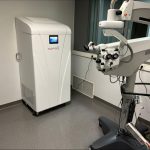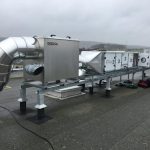Recommendations from the High Council of Public Health for indoor air quality

Today, we know that SARS-CoV-2 is primarily transmitted by aerosols, a term used to describe any mixture of particles smaller than 5 microns. The smaller these particles, the lighter they are, and the longer they remain in the air.
This is the case of SARS-CoV-2, a very small microorganism (70-130 nanometers) that has been found suspended in air particles for several hours (up to 3 hours) after being emitted by subjects, even asymptomatic, when speaking, singing, or only exhaling air.
A plan must be implemented for cleaning indoor air in public places, and prevent airborne transmission of the virus.
" Filter the air volume of the room, with the right air change rate "
Among the hygiene measures in terms of air quality in closed spaces, air purification devices have proven to be an effective weapon against microbiological contamination.
Following several studies demonstrating the positive impact of air purifiers, the High Council of Public Health in France (HCSP) recommends their use when natural ventilation is not sufficient.
The HCSP specifies that a technical study prior to any installation of these devices must be carried out by a qualified person in order to assess, among other things:
- the volume of the room to be treated,
- existing natural or forced air flows,
- the number of devices to be provided to ensure sufficient filtration of the air in the room to be treated,
- the arrangement of devices taking into account any obstacles to air circulation.
The HCSP recommends using only air purifiers using HEPA H13 or H14 filtration and meeting standards relating to filters and the intrinsic performance of the device. In particular, filters and devices should be subject to regular maintenance.
The air filtration and decontamination systems designed by ATA Medical meet all the criteria to control airborne contamination, including viruses, bacteria, spores and other pathogens.
Equipped with HEPA 13 or H14 filters and bio-decontamination technology, ATA purifiers have proven their effectiveness in destroying more than 99.9{01e3c5e93231d16e008ef94f2b1d6fd0127ff363a7cc717001d1444d838f865e} of potentially infected aerosols.
Our air filtration units have different capacities to achieve the required air circulation rate for airborne infection control. In high-risk environments (infectious rooms, intensive care), the NF EN ISO 14644-1 standard defines an air renewal rate of 10 volumes per hour, while the HCSP recommends changing the room air volume 5 times per hour in closed public places.
The purifier absorbs polluted air, and exhales clean air. The ability of the purifier to renew the air in a room several times per hour depends on its air flow expressed in m3/h.
This air renewal is a guarantee of efficiency. For instance, Multizone 800, with a flow rate of 800 m3 /h, will clean the air in a 50 m2 room over 5 times per hour.
You can view the full range here, and view the respective efficiency reports in this section.







